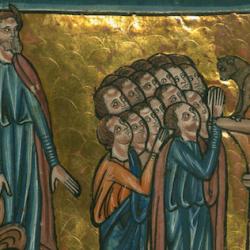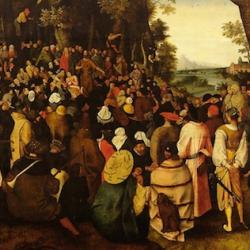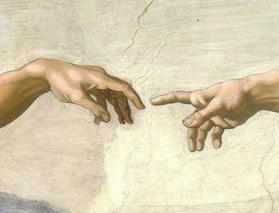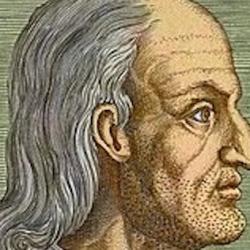The shema is often taken as a declaration of monotheistic faith, or at least of henotheism.
In ANE context, it may have another aspect to it. Yitzhaq Feder ( Blood Expiation in Hittite and Biblical Ritual (Writings from the Ancient World Supplements/Society of Biblical Literature) ) analyzes a Hittite rite for founding a new temple for the Night Goddess, who has both chthonic and astral associations. The ritual text prescribes as follows: “As soon as he finishes the tuhalzi ritual in the old temple . . . they pour fine oil into a tallai vessel. Before the deity he speaks thus: ‘Esteemed deity, protect yourself but split your divinity. Come to the new temples! Take for yourself an honored place. And when you make your way, take that place. Then they pull the deity from the wall 7 times using red wool. Then he places the ulihi and the talla vessel of fine oil.”
In an essay in Magic and Ritual in the Ancient World (Religions in the Graeco-Roman World) , Richard Beal explains: for the Hittites “the way to have two separate cult centers for the same deity was to have that deity divide his or her divinity and then to have that allomorph of the original physically moved and/or coaxed through a repeating pattern of variations of ritual actions into the next construction.”
Perhaps this is the mentality behind the high places of ancient Israel – not a new deity, nor a transfer of Yahweh, but a split divinity. But Israel’s confession is, Yahweh our God is Unsplit. To be One God is to have One House; the shema is a declaration of liturgical and sanctuary monotheism. And to be One God is to have One Name given under heaven whereby we must be saved.















